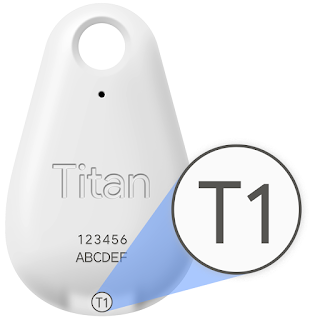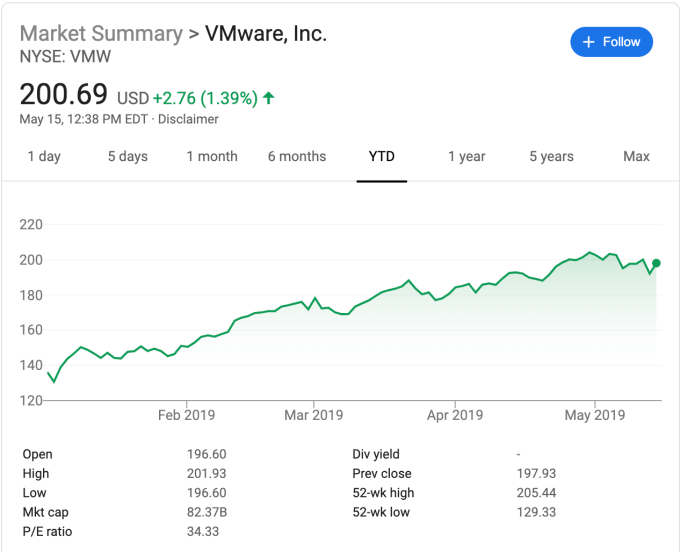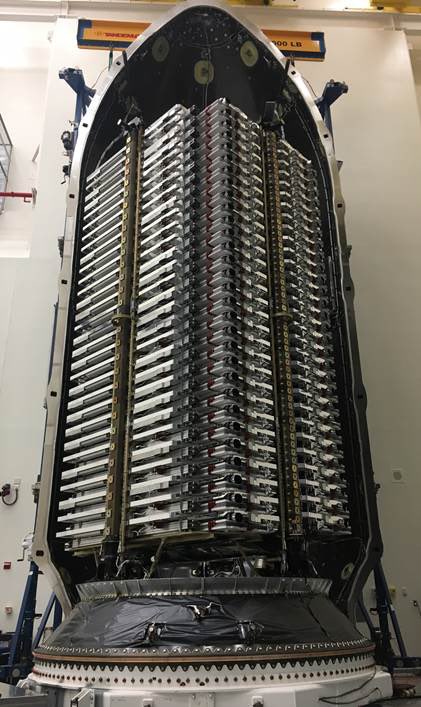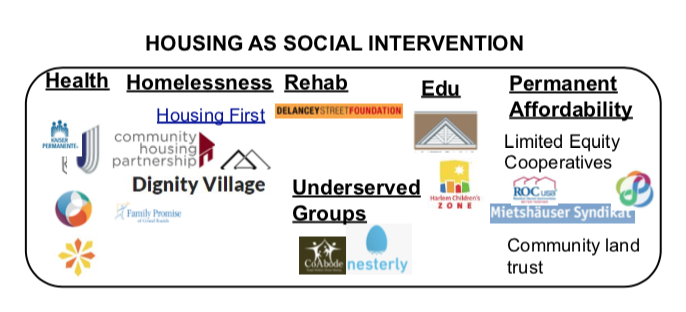The United States will not join other nations in endorsing the “Christchurch Call” — a global statement that commits governments and private companies to actions that would curb the distribution of violent and extremist content online.
“While the United States is not currently in a position to join the endorsement, we continue to support the overall goals reflected in the Call. We will continue to engage governments, industry, and civil society to counter terrorist content on the Internet,” the statement from the White House reads.
The “Christchurch Call” is a non-binding statement drafted by foreign ministers from New Zealand and France meant to push internet platforms to take stronger measures against the distribution of violent and extremist content. The initiative originated as an attempt to respond to the March killings of 51 Muslim worshippers in Christchruch and the subsequent spread of the video recording of the massacre and statements from the killer online.
By signing the pledge, companies agree to improve their moderation processes and share more information about the work they’re doing to prevent terrorist content from going viral. Meanwhile, government signatories are agreeing to provide more guidance through legislation that would ban toxic content from social networks.
Already, Twitter, Microsoft, Facebook and Alphabet — the parent company of Google — have signed on to the pledge, along with the governments of France, Australia, Canada and the United Kingdom.
The “Christchurch Call” is consistent with other steps that government agencies are taking to address how to manage the ways in which technology is tearing at the social fabric. Members of the Group of 7 are also meeting today to discuss broader regulatory measures designed to combat toxic combat, protect privacy and ensure better oversight of technology companies.
For its part, the White House seems more concerned about the potential risks to free speech that could stem from any actions taken to staunch the flow of extremist and violent content on technology platforms.
“We continue to be proactive in our efforts to counter terrorist content online while also continuing to respect freedom of expression and freedom of the press,” the statement reads.”Further, we maintain that the best tool to defeat terrorist speech is productive speech, and thus we emphasize the importance of promoting credible, alternative narratives as the primary means by which we can defeat terrorist messaging.”
Signatories are already taking steps to make it harder for graphic violence or hate speech to proliferate on their platforms.
Last night, Facebook introduced a one-strike policy that would ban users who violate its live-streaming policies after one infraction.
The Christchurch killings are only the latest example of how white supremacist hate groups and terrorist organizations have used online propaganda to create an epidemic of violence at a global scale. Indeed, the alleged shooter in last month’s attack on a synagogue in Poway, Calif., referenced the writings of the Christchurch killer in an explanation for his attack, which he published online.
Critics are already taking shots at the White House for its inability to add the U.S. to a group of nations making a non-binding commitment to ensure that the global community can #BeBest online.
Source: Tech Crunch












